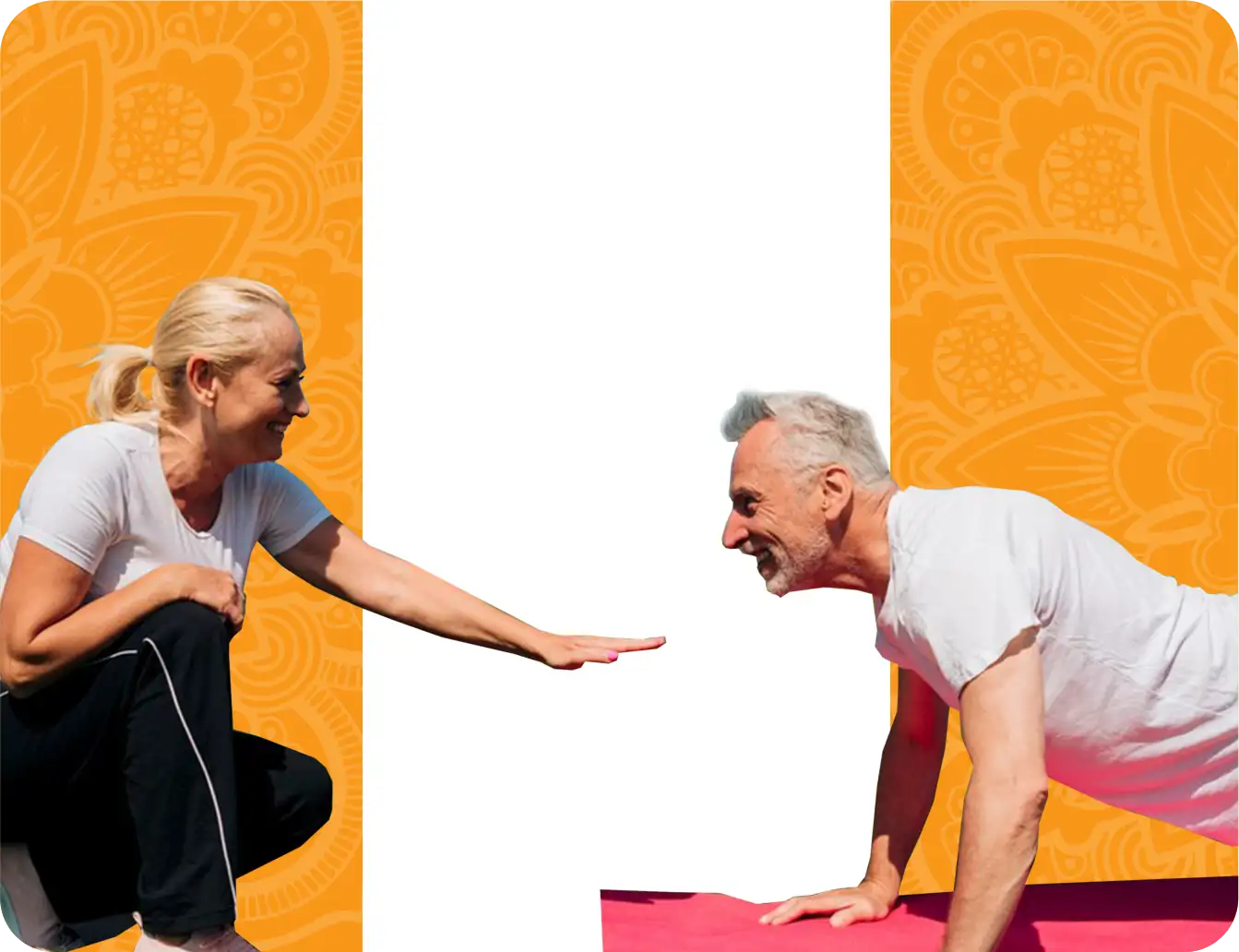- Moving Better:Stretching exercises keep our joints working well, making everyday things like bending, reaching, and turning easier. Building strength in our muscles helps us stay balanced and coordinated, reducing the risk of falls.
- Being Independent:Keeping our bodies strong and flexible means we can do things on our own without needing help. Being able to move freely helps us feel self-sufficient and in control.
- Joint Health:Doing regular stretches helps keep our joints working smoothly and prevents stiffness, lowering the chance of conditions like arthritis. Strength training supports our joints and helps guard against age-related issues affecting cartilage and tissues.
- Feeling Good Mentally:Exercise is not just good for the body but also for the mind. Being active and doing exercises for flexibility and strength can make us feel positive, reducing stress and anxiety linked to aging.
- Stay Active:Aim for a mix of activities like walking, swimming, and cycling for cardio, and yoga or tai chi for flexibility and balance.
- Strength Training:Include exercises that work major muscle groups at least twice a week. You can use resistance bands, weights, or weight machines.
- Stretch Regularly:Spend time each day stretching your major muscles. Hold each stretch for 15-30 seconds to improve muscle flexibility.
- Eat Well and Stay Hydrated:Good nutrition and drinking enough water are vital for overall health, including muscles and joints. Eat a balanced diet with vitamins and minerals that support bone health.
- Mind-Body Practices:Try activities like meditation or deep breathing to reduce stress. Yoga and tai chi are great because they help both your body and mind.
- Regular Check-ups:Visit your healthcare provider regularly to catch any health issues early. Discuss your exercise plans with them to make sure they’re safe and suitable for you.


